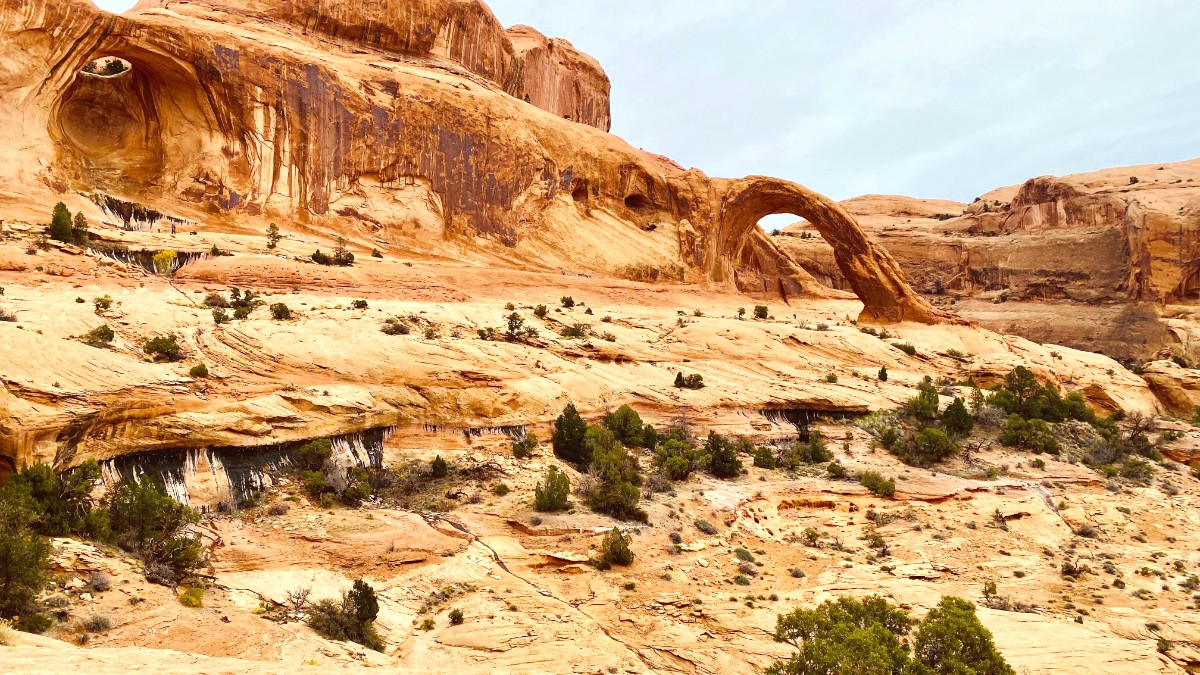
Southwest, USA
U.S. Citizens: No visa is necessary. Valid government-issued photo identification (e.g., a driver's license or state ID) is useful for domestic air travel. A passport is always good for identity verification, even for domestic travel.
International Visitors: Entry into the United States requires a valid passport. Many nationalities also need either a visa or an approved Electronic System for Travel Authorization (ESTA) under the Visa Waiver Program (VWP). Check the official U.S. Department of State website for specific requirements based on nationality. An ESTA is obtainable online at the official application site. Apply for your ESTA well in advance of your travel dates.
No specific entry fee exists for Moab itself. National Parks and State Parks have entrance fees.
Arches National Park: $30 per private vehicle (7-day validity). Canyonlands National Park: $30 per private vehicle (7-day validity). Dead Horse Point State Park: $20 per vehicle (1-day validity). The America the Beautiful – The National Parks and Federal Recreational Lands Pass ($80 annually) grants access to all U.S. National Parks and federal recreation sites for one year.
Permits needed for overnight stays in Arches & Canyonlands. Book via Recreation.gov.
Specific permits are necessary for some technical routes in National Parks.
Permits are necessary for private overnight trips on the Colorado River through Canyonlands National Park.
Special permits may be necessary on public lands.
During peak season (April 1 - October 31, 2024), a timed entry reservation is necessary between 7 AM and 4 PM.
No specific health-related entry requirements are unique to Moab. Follow standard U.S. Entry regulations.
Passport valid for 6 months beyond planned departure is generally needed for international visitors.
Apply for ESTA well in advance for Visa Waiver Program countries.
Standard U.S. Customs and Border Protection procedures apply at port of entry.
Spring (March-May) and Fall (September-October) have comfortable temperatures for these physically demanding activities. Mild weather supports longer periods of activity.
Late Spring (May-June) brings higher water levels on the Colorado River for exciting rafting. Summer (July-August) presents warmer water and relaxed floats.
Possible year-round, but spring and fall are most comfortable. Summer off-roading needs early starts. Winter presents snowy drives on some trails.
Spring and Fall have favorable light. Winter presents unique snow-dusted landscapes and fewer people.
Prioritize water safety and hydration in summer. Begin outdoor activities at dawn to avoid peak heat.
Winter needs warm, insulated clothing. Trails can be slippery; consider Traction devices for your footwear.
Embrace the quiet winter landscape. Consider cross-country skiing or snowshoeing in the La Sal Mountains.
Moab presents travel options for various budgets.
The official currency is the United States Dollar (USD, $). ATMs are widely available for cash withdrawals. Most businesses accept major credit cards (Visa, MasterCard, American Express, Discover).
Entrance fees apply for National Parks and State Parks. The America the Beautiful Pass is a money-saving option.
Tipping for good service is standard practice in the United States.
The desert environment presents unique considerations.
Visit in Shoulder/Low Season for fewer crowds and potentially lower accommodation rates. The America the Beautiful Pass quickly pays for itself if you visit multiple National Parks. Utilize BLM or National Park Service campgrounds for lower accommodation costs.
Buy groceries at local supermarkets (City Market, Village Market) and prepare your own meals. This bypasses dining out expenses. Bring your own Reusable insulated water bottle for constant hydration. Free hikes and scenic drives outside the national parks are plentiful.
Moab's desert climate, especially in summer, leads to rapid dehydration. Heat exhaustion and stroke are serious risks.
Drink ample water (1 gallon/day in summer). Carry Electrolyte supplements.
Avoid strenuous activity during 10 AM - 4 PM. Wear light-colored, loose clothing.
The high desert sun is intense, even on cloudy days.
Use Broad-spectrum sunscreen (SPF 50+). Wear a Wide-brimmed hat and Sunglasses.
Do not forget to reapply sunscreen frequently. UPF-rated clothing is also available.
Moab's elevation is moderate (4,000 ft), but surrounding areas and some trails climb higher (La Sal Mountains over 12,000 ft).
Hydrate well. Ascend gradually to higher elevations. Avoid strenuous activity on your first day.
Do not ignore symptoms like headache, nausea, or dizziness. Descend if symptoms persist.
| Category | Details | Prevention/Action |
|---|---|---|
| Animal Encounters | Rattlesnakes, scorpions, spiders are present. Mountain lions and bears are rare. | Stay on marked trails. Be aware of surroundings. Do not disturb wildlife. Wear closed-toe shoes. |
| Falls/Slips | Uneven terrain, slickrock, loose gravel on trails present risks. | Wear appropriate footwear with good traction like Merrell Moab hiking boots. Watch your footing. |
| Crime/Safety | Moab is generally safe, with low crime rates. Property crime (vehicle break-ins) is most common. | Lock vehicle doors. Do not leave valuables visible. Be aware of surroundings. |